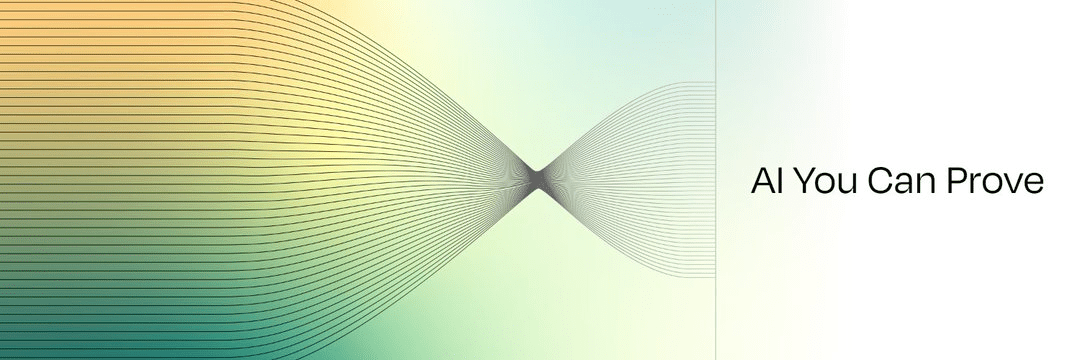Blockchain security is often thought of as 'unbreakable', but quantum computers can crack private keys in a minute, so the emergence of quantum computers may disrupt everything in the future. Most projects only stay at the discussion of 'quantum secure encryption', while neglecting the proof mechanisms of the quantum era. This is precisely the area where Lagrange can lay out plans in advance.
Professional analysis
The threat of quantum computing lies in:
Common public key encryptions like RSA/ECDSA may be broken;
The current on-chain verification costs may be manipulated under quantum computing.
Zero-knowledge proofs, especially decentralized proof networks like Lagrange, can become a barrier against quantum risks:
1. Quantum-resistant zero-knowledge protocols: By introducing lattice-based cryptographic ZK solutions, Lagrange can provide a proof layer that is quantum-resistant.
2. Verification of quantum computing results: If quantum machines participate in calculations in the future, how can we ensure the results are true? ZK can prove the quantum computing process.
3. Quantum chain interoperability: When 'quantum blockchains' appear in the future, Lagrange may become a bridge between traditional chains and quantum chains, ensuring verification security.
Expanding future scenarios
1. Quantum-resistant financial contracts: Lagrange can be the first to provide a quantum-resistant ZK library, offering cutting-edge security layers for DeFi protocols.
2. Quantum computing outsourcing market: Off-chain quantum machines perform complex calculations, Lagrange generates verifiable proofs, and on-chain users confirm accuracy.
3. The integration of quantum and classical chains: Lagrange serves as middleware with different security standards, giving blockchain systems long-term viability.
Quantum computing is not a problem today, but it will be a challenge that all chains will face in 5-10 years. If Lagrange enters the quantum-resistant ZK proof early, it will gain an absolute advantage in the next technology cycle.

